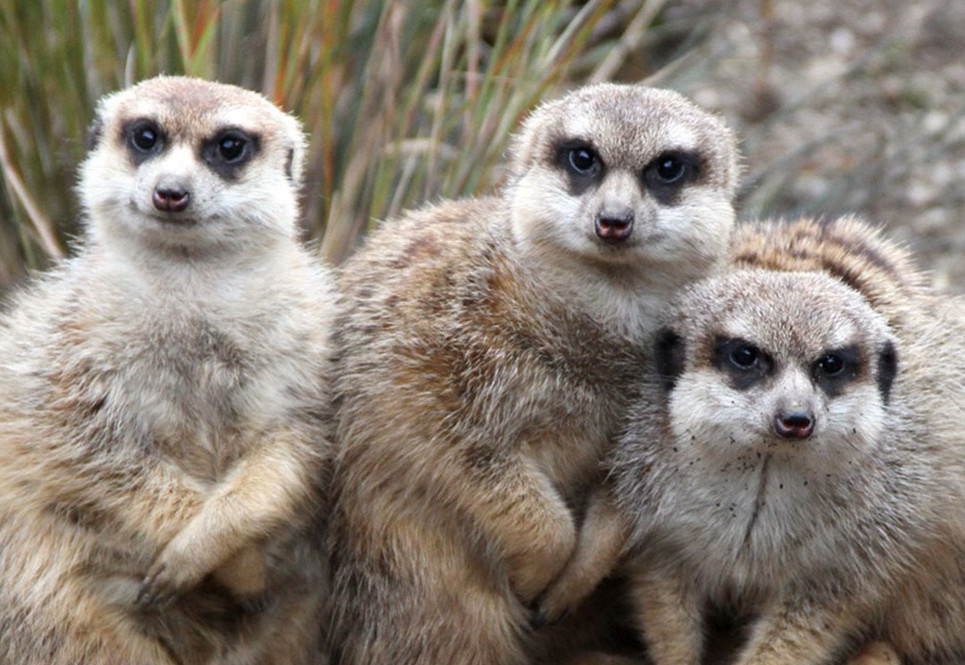Pallas's cat
Otocolobus manul
/pallas_cat.jpg)
We are home to one male Pallas's cat called Akiko.
Central Asia is home to an immense variety of fascinating felines. Most people are familiar with the iconic snow leopard, but there is another, more mysterious little cat that inhabits these remote steppes and mountains – the Pallas’s cat!
Pallas’s cats, or manuls, are about the size of a domestic cat, but their thick fur makes them appear larger and provides great insulation from the harsh conditions they live in. Their sulky facial expressions have earned them the ‘original grumpy cat’ nickname and are partly caused by Pallas’s cats’ eyes having round pupils rather than slits like all other small cats.
The species faces various threats across it's wide range, mainly habitat loss and degradation due to agricultural expansion and infrastructural development, loss of their preferred prey (small rodents) and predation by domestic dogs. Their secretive nature and the remoteness of their habitat also make them difficult to study, and they are amongst the least known wild cat species in the world.
Population
Decreasing
Diet
Carnivore
Habitat
Mountains
Fact file
Pallas's cats are native to the grasslands and steppes of Central Asia
They are crepuscular, meaning they're most active during dawn and dusk
They use scent to mark their territories
Pallas's cats are carnivores and eat mainly small rodents, including gerbils, voles, hamsters, pikas and small marmots. They will also eat small lizards and birds
They are known to keep their paws warm by standing on their own tail
Pallas’s Cats were discovered in the 18th century by Peter Pallas
/pallascat_3_jp.jpg)
How we're helping
As a wildlife conservation charity, we care for the animals here at the zoo and work to protect species at risk around the world. From providing expertise in genetics and veterinary health, to protecting wild places with local conservation partners, and even restoring threatened species to the wild, we are active where we are needed most.
RZSS has been working in close partnership with Nordens Ark, Snow Leopard Trust and many other organisations to enhance global conservation efforts for Pallas's cats since 2016 as part of PICA, the Pallas’s cat International Conservation Alliance. Building local capacity, supporting dedicated research, raising awareness, strategic planning and boosting international collaboration are all at the core of the project.
Find out more about Pallas's cat conservation
